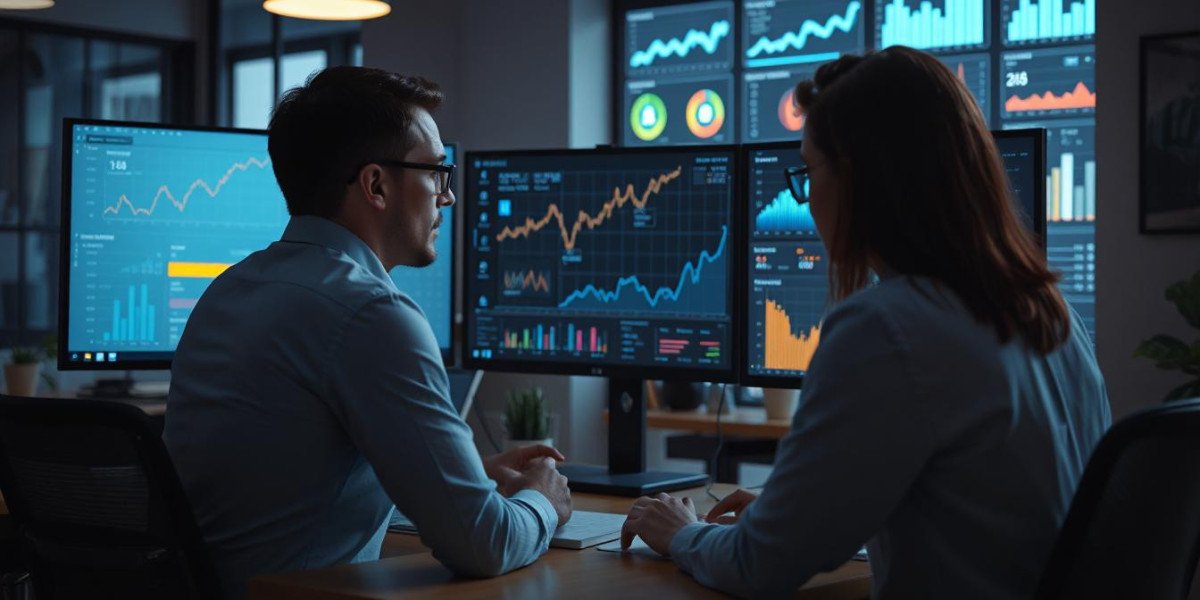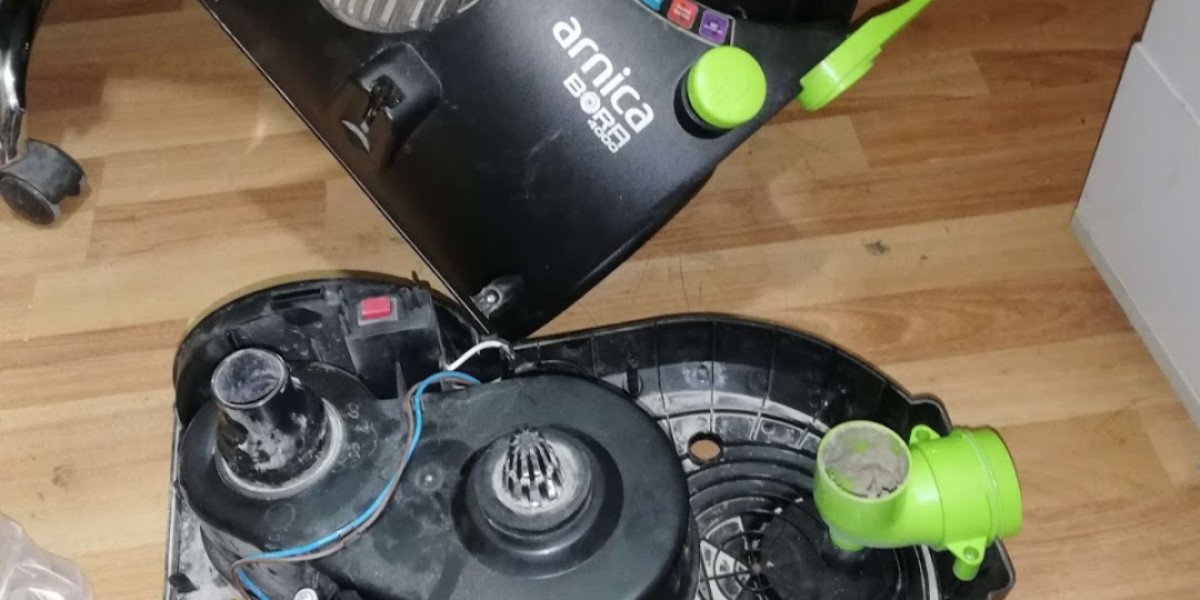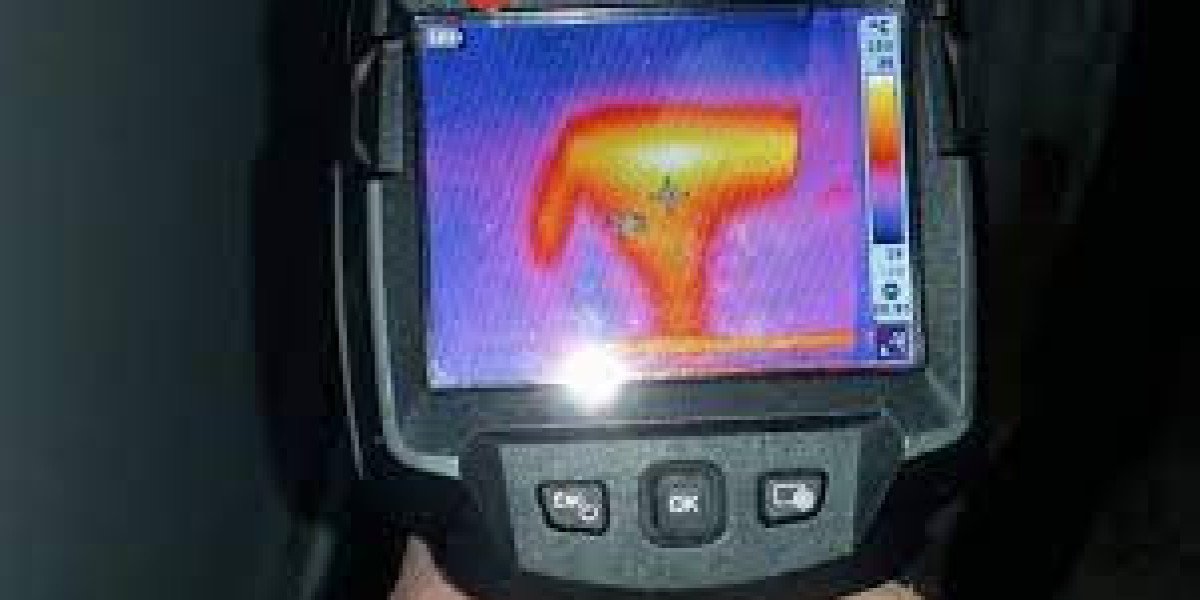Introduction: The Evolution of Digital Advertising
Digital advertising has undergone a radical transformation over the past two decades. From banner ads to influencer marketing, and now to AI-driven automation — brands today operate in an ultra-competitive environment where precision and speed matter more than ever. One technology that has reshaped the way ads are purchased and optimized is programmatic media buying.
Gone are the days of manual negotiations and bulk buying of ad inventory. Programmatic media buying leverages real-time data, artificial intelligence (AI), and machine learning to automate the process of buying and placing ads across digital platforms. For businesses seeking efficient, scalable, and ROI-driven strategies, media buying services that include programmatic options are the future.
In this blog, we’ll explore what programmatic media buying is, how it works, its types, benefits, and challenges, and why brands like Adomantra are at the forefront of this digital revolution.
What is Programmatic Media Buying?
Programmatic media buying refers to the automated process of buying digital advertising space using software and algorithms. Instead of relying on human negotiations, programmatic technology uses AI to purchase ad space in real-time, ensuring that ads are delivered to the right user, at the right time, and on the right platform.
This process includes:
Real-Time Bidding (RTB)
Private Marketplaces (PMPs)
Programmatic Direct Deals
The entire system functions through Demand-Side Platforms (DSPs) for advertisers and Supply-Side Platforms (SSPs) for publishers. These platforms are connected via ad exchanges, where buying and selling occur instantly.
How Programmatic Buying Works: The Technical Breakdown
Let’s walk through a simplified version of how a programmatic ad is bought and displayed:
User Visits a Website
A user opens a web page that has ad space available.Ad Request Initiated
The website sends a request to an ad exchange with information about the user (such as location, device type, browser history, etc.).Bidding in Real-Time
Advertisers (via DSPs) evaluate the user data and place bids on whether they want their ad shown to that user.Highest Bid Wins
The highest bid wins the auction, and the ad is displayed — all in less than a second.
This entire cycle occurs in real-time, enabling hyper-personalized ad placements with unmatched efficiency.
Types of Programmatic Media Buying
There are four major types of programmatic media buying:
1. Real-Time Bidding (RTB)
Also known as open auction, RTB allows multiple advertisers to bid on inventory in real time. It's a cost-effective method and ideal for broad-reach campaigns.
2. Private Marketplace (PMP)
PMPs are invitation-only RTB environments where selected advertisers bid on premium inventory. It offers better brand safety and transparency.
3. Programmatic Direct
This type bypasses the bidding process altogether. Advertisers and publishers agree on a fixed price for inventory, making it ideal for guaranteed impressions.
4. Preferred Deals
Here, advertisers are given priority access to inventory before it hits the open auction, allowing them to buy at a negotiated price.
Each model has its benefits, and businesses must choose based on their specific goals, budget, and brand needs.
Benefits of Programmatic Media Buying
1. Efficiency and Automation
Programmatic eliminates manual processes, reducing the need for human intervention. This speeds up the campaign launch process and ensures smoother execution.
2. Precise Targeting
Using real-time data, advertisers can target audiences based on behavior, location, device, demographics, and even interests.
3. Real-Time Analytics
Programmatic media buying offers real-time reporting and analytics. Advertisers can tweak campaigns instantly to improve performance.
4. Better ROI
By reaching the right user at the right time, businesses see better conversion rates and reduced ad spend wastage.
5. Scalability
With programmatic, you can run campaigns across multiple platforms (web, mobile, video, OTT) from a single dashboard.
If you're looking to optimize all these benefits, choosing professional Media Buying Services like those from Adomantra ensures higher effectiveness and scalability.
Challenges of Programmatic Media Buying
1. Ad Fraud
One of the biggest concerns, ad fraud includes bot traffic, click fraud, and false impressions. However, trusted media buying services use verification tools to reduce this risk.
2. Lack of Transparency
In some programmatic ecosystems, advertisers may not know where their ads are being displayed.
3. Brand Safety
Without careful monitoring, ads could appear next to inappropriate content. Using brand-safe platforms and whitelisting options is crucial.
4. Complexity
Programmatic involves multiple platforms and technologies. Without expertise, businesses may find it overwhelming.
That’s where agencies like Adomantra bring value by offering full-suite media buying services, handling all complexities while maximizing outcomes.
Key Platforms in Programmatic Buying
Some of the major tools and platforms used in the programmatic ecosystem include:
Google Display & Video 360 (DV360)
The Trade Desk
Amazon DSP
MediaMath
AppNexus/Xandr
PubMatic, Magnite (for SSPs)
Partnering with experienced media buying services ensures you're leveraging the best platforms for your industry, audience, and goals.
Programmatic Advertising Formats
Programmatic isn't limited to banner ads. It now includes:
Display Ads
Video Ads (In-stream, Out-stream, OTT)
Native Ads
Audio Ads (Spotify, Podcasts)
Connected TV (CTV) Ads
DOOH (Digital Out-of-Home)
This versatility allows brands to engage users across touchpoints and devices — enhancing brand recall and campaign success.
Why Adomantra Leads in Programmatic Media Buying
Adomantra has carved a niche in offering cutting-edge media buying services powered by data, AI, and creativity. With expertise in performance marketing, video advertising, OTT, and programmatic buying, Adomantra provides:
End-to-end media planning and buying
Custom audience segmentation
AI-powered bidding strategies
Transparent reporting
Brand-safe placements
Cross-platform scalability
Whether you're a startup aiming to grow or an enterprise targeting specific markets, Adomantra’s approach is designed for results.
Trends Driving the Future of Programmatic Buying
1. AI and Machine Learning
Expect deeper automation, smarter bidding, and better personalization.
2. Cookieless Targeting
As third-party cookies fade out, contextual targeting and first-party data will become critical.
3. Omnichannel Advertising
Programmatic is expanding across platforms like audio, CTV, and even IoT devices.
4. Dynamic Creative Optimization (DCO)
AI-driven creative changes based on user behavior and context will boost engagement.
5. Blockchain for Transparency
Blockchain may help tackle fraud and enhance transparency across ad supply chains.
Staying ahead of these trends requires working with adaptive, forward-thinking media buying services like Adomantra.
Best Practices for Effective Programmatic Campaigns
Set Clear Objectives: Awareness, conversion, or engagement? Your goals will define strategy.
Use Data Smartly: Leverage first-party and CRM data for better audience insights.
Monitor Performance: Continuously optimize based on real-time metrics.
Test and Learn: A/B testing various creatives and audiences improves campaign efficiency.
Ensure Brand Safety: Use verification partners and maintain blacklist/whitelist controls.
Partner with Experts: Professional media buying services like Adomantra ensure flawless execution and results.
Conclusion: Embracing the Future of Digital Advertising
Programmatic media buying is no longer just a trend — it’s the new norm in digital advertising. Its ability to automate, optimize, and personalize ad experiences makes it indispensable for marketers looking to thrive in a competitive digital ecosystem.
However, tapping into the full potential of programmatic requires expertise, strategy, and the right tech stack — that’s where experienced media buying services make all the difference.
Adomantra stands as a trusted partner in delivering performance-driven campaigns, ensuring that your brand not only keeps up with the future but leads it.
FAQs about Programmatic Media Buying
1. What is programmatic media buying?
Programmatic media buying automates the purchase of digital ads using AI and real-time data for more targeted, efficient advertising.
2. How does programmatic differ from traditional media buying?
Traditional buying involves manual negotiation, while programmatic uses algorithms for real-time ad placement.
3. What are media buying services?
Media buying services include strategic ad planning, purchasing, optimizing, and tracking across platforms like display, video, and OTT.
4. Is programmatic media buying expensive?
It depends on your campaign goals. Programmatic can be cost-effective due to precise targeting and reduced wastage.
5. What platforms support programmatic buying?
Google DV360, The Trade Desk, Amazon DSP, and Xandr are some of the key platforms.
6. What are the benefits of using programmatic ads?
Efficiency, targeting precision, real-time analytics, scalability, and better ROI.
7. What is RTB in programmatic advertising?
Real-Time Bidding (RTB) is an auction-based process where advertisers bid for ad impressions as they become available.
8. Can small businesses use programmatic buying?
Yes, with proper media buying services, even small businesses can launch programmatic campaigns efficiently.
9. How is user privacy maintained?
Ad platforms now rely more on contextual targeting and first-party data to ensure compliance with privacy regulations.
10. What is a DSP?
A Demand-Side Platform is used by advertisers to buy ad inventory automatically and manage campaigns.
11. What is an SSP?
A Supply-Side Platform helps publishers sell their ad inventory to advertisers in real time.
12. What is DCO?
Dynamic Creative Optimization (DCO) is a programmatic creative technology that customizes ads based on data inputs.
13. What challenges exist in programmatic buying?
Ad fraud, lack of transparency, brand safety, and system complexity are common challenges.
14. How do I measure success in programmatic campaigns?
KPIs like impressions, clicks, conversions, CTR, CPA, and ROI help measure performance.
15. Why choose Adomantra for media buying services?
Adomantra offers data-driven, AI-powered, and performance-centric media buying services tailored to business needs.







